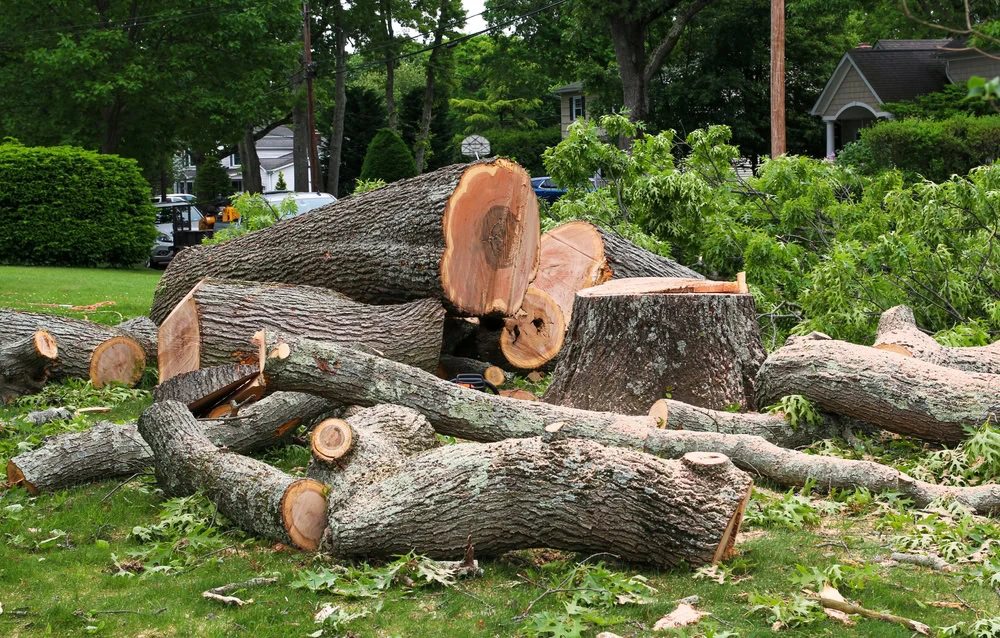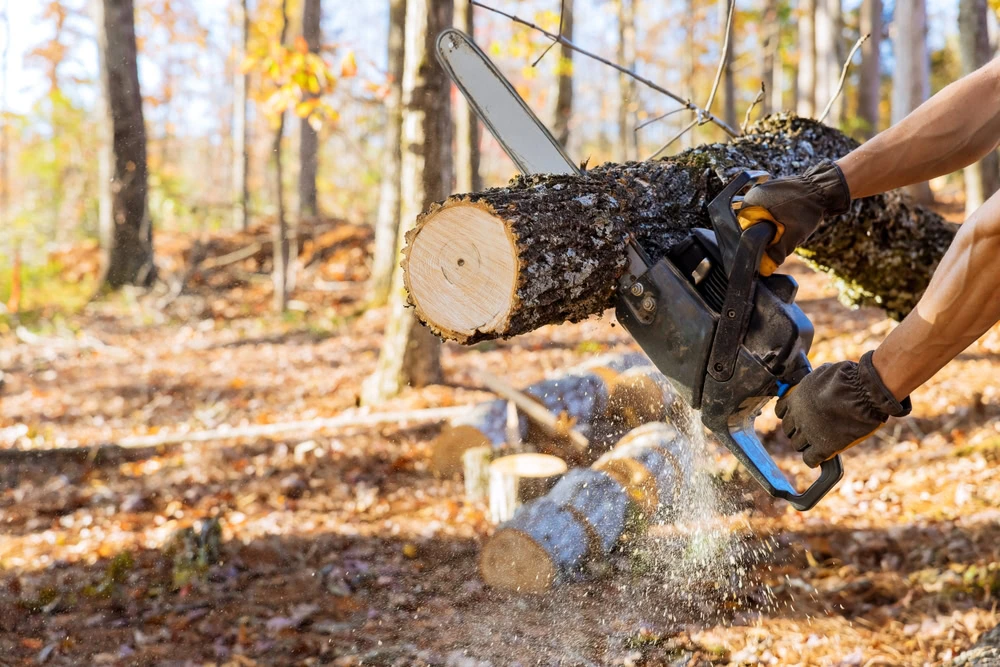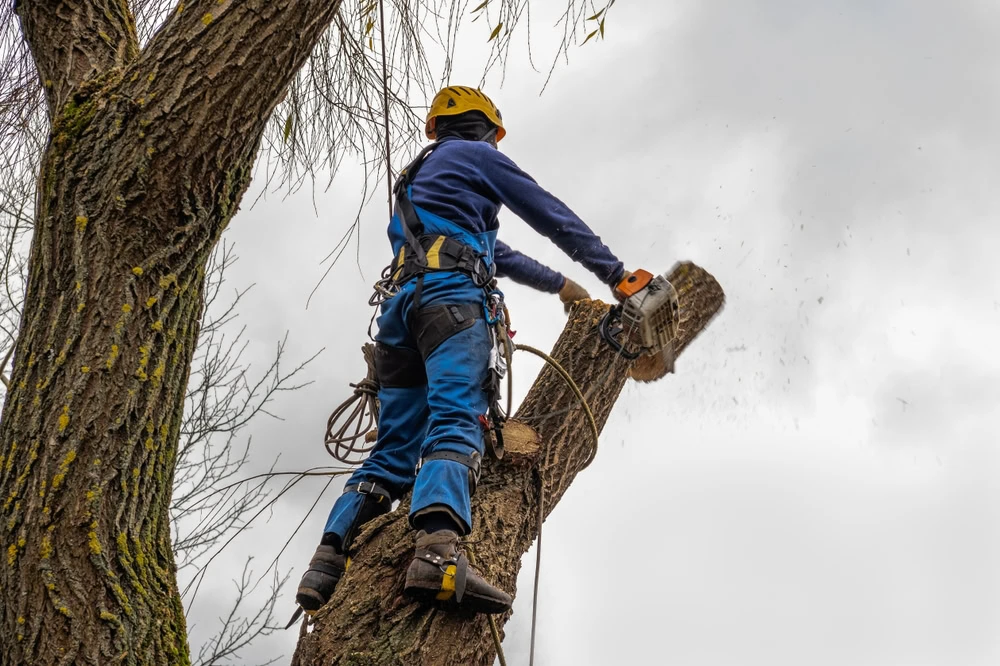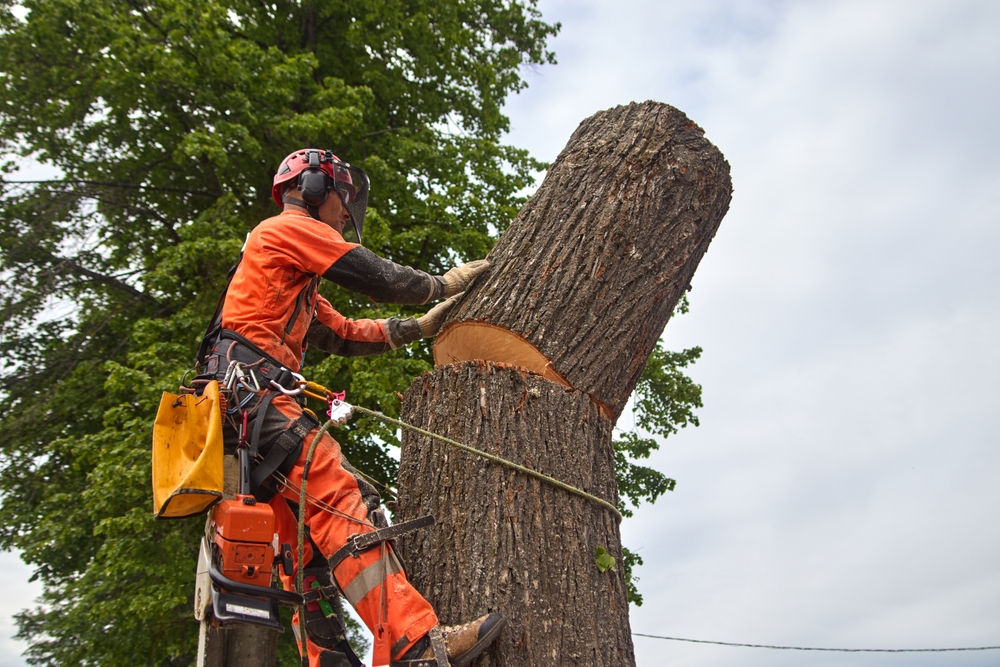Tree Removal East Hampton
Local Tree Removal Experts
Get reliable tree removal services in East Hampton with Green Light Tree Services. Ensure safety and beauty for your property today.
Reviews
100% Customer Satisfaction
Professional Tree Services
Why Choose Our Tree Services?

Tree Care Experts
Trusted Tree Services in East Hampton
At Green Light Tree Services, we are committed to providing superior tree care services in East Hampton, NY. Our team of professional arborists brings extensive experience and knowledge to every project, ensuring your trees receive the best care possible. Whether you need residential tree services or commercial tree services, we have the skills and expertise to handle it all. We proudly serve Suffolk County and are recognized as suffolk county tree experts, dedicated to enhancing the natural beauty of your property.

Tree Service Process
Our Seamless Approach


Tree Removal Services
Importance of Professional Tree Removal
Tree removal is crucial for maintaining the safety and aesthetics of your property. At Green Light Tree Services, we specialize in professional tree removal, using advanced techniques to safely and efficiently remove trees. Our services are vital for preventing potential hazards and promoting healthy growth of surrounding vegetation. Serving Suffolk County, our tree care professionals are equipped to handle any tree-related challenge, ensuring your landscape remains beautiful and safe. For comprehensive tree service in suffolk county and tree services nassau county, trust our expertise and commitment to excellence.
View Our Tree Removal Services
About Green Light Tree Services
Contact us
This area had been inhabited for thousands of years by wandering tribes of indigenous peoples. At the time of European contact, East Hampton was home to the Pequot people, part of the culture that also occupied territory on the northern side of Long Island Sound, in what is now Connecticut of southern New England. They belong to the large Algonquian-speaking language family. Bands on Long Island were identified by their geographic locations. The historical people known to the colonists as the Montaukett, who were Pequot, controlled most of the territory at the east end of Long Island.
Indians inhabiting the western part of Long Island were part of the Lenape nation, whose language is also in the Algonquian family. Their territory extended to lower New York, western Connecticut and the mid-Atlantic coastal areas into New Jersey and Pennsylvania. Their bands were also known by the names of their geographic locations but did not constitute distinct peoples.
In the late-17th century Chief Wyandanch of the Montaukett negotiated with English colonists for the land in the East Hampton area. The differing concepts held by the Montaukett and English about land and its use contributed to the Montaukett losing most of their lands over the ensuing centuries. Wyandanch’s elder brother, the grand sachem Poggaticut, sold an island to English colonist Lion Gardiner for “a large black dog, some powder and shot, and a few Dutch blankets.” The next trade involved the land extending from present-day Southampton to the foot of the bluffs, at what is now Hither Hills State Park, for 24 hatchets, 24 coats, 20 looking glasses and 100 muxes.
Learn more about East Hampton.